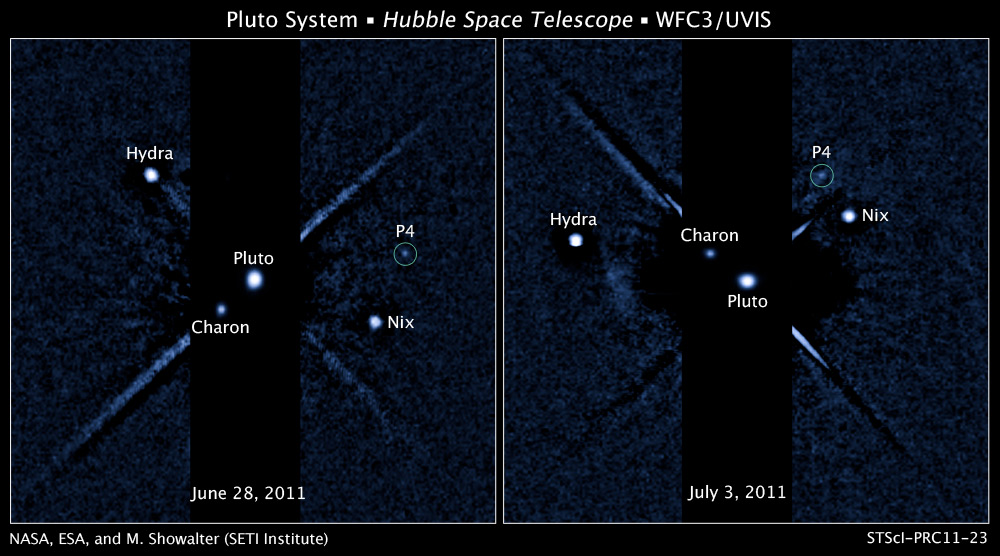Install the app
How to install the app on iOS
Follow along with the video below to see how to install our site as a web app on your home screen.

Note: This feature currently requires accessing the site using the built-in Safari browser.
-
Follow us on Twitter @buckeyeplanet and @bp_recruiting, like us on Facebook! Enjoy a post or article, recommend it to others! BP is only as strong as its community, and we only promote by word of mouth, so share away!
You are using an out of date browser. It may not display this or other websites correctly.
You should upgrade or use an alternative browser.
You should upgrade or use an alternative browser.
Awesome Astronomical Photos
- Thread starter Big Papa
- Start date
scooter1369
HTTR Forever.

A Neptune day is approximately 16 Earth hours. However, on July 12th of this year, Neptune completed its first complete orbit of the sun since its discovery 165 years ago.
HAPPY BIRTHDAY, NEPTUNE!!
Upvote
0
scooter1369;1953398; said:
A Neptune day is approximately 16 Earth hours. However, on July 12th of this year, Neptune completed its first complete orbit of the sun since its discovery 165 years ago.
HAPPY BIRTHDAY, NEPTUNE!!
So a Neptune year has 90,400 Neptune days...yikes.
Upvote
0
Why, Thank you Kyle for making me younger. And just think.... on neptune the pace of time would better match your thought process too! :cheers:BUCKYLE;1954928; said:So Best Buckeye is only like...what...sixty five in Neptune years?
Upvote
0
scooter1369
HTTR Forever.
So... A few years ago, Pluto was demoted to Dwarf Planet status. As of today, Pluto is now known to have four moons. The smallest, P4, is about 13-34 kilometers across, and is essentially just a chunk of ice.
The New Horizons mission has a satellite set to reach Pluto in 2015. The presence of this moon was not known or confirmed until this month. It will be interesting to see is this new moon interferes with (i.e. destroys on impact) our satellite since we didn't know P4 was there when it was launched.

The New Horizons mission has a satellite set to reach Pluto in 2015. The presence of this moon was not known or confirmed until this month. It will be interesting to see is this new moon interferes with (i.e. destroys on impact) our satellite since we didn't know P4 was there when it was launched.

Upvote
0
knapplc
Nebraska is a Volleyball school
scooter1369;1958599; said:It will be interesting to see is this new moon interferes with (i.e. destroys on impact) our satellite since we didn't know P4 was there when it was launched.
They shouldn't have any trouble calculating the orbit of P4 and altering NH's navigation accordingly. We can communicate with the satellite and make changes on the fly.
Upvote
0
scooter1369
HTTR Forever.
http://channel.nationalgeographic.com/channel/known-universe-interactive
I present to you, the build your own solar system simulator. I'll be back in a week or so. Damn addicting.
I present to you, the build your own solar system simulator. I'll be back in a week or so. Damn addicting.
Upvote
0
knapplc;1963706; said:That's a neat toy, but it needs to be bigger.
If only I had a dollar for every time I heard that line.
Upvote
0
scooter1369
HTTR Forever.

Explanation: The longer you look at this image, the more you see. Perhaps your eye is first drawn to the picturesque waterfall called Skogarfoss visible on the image right. Just as prevalent, however, in this Icelandic visual extravaganza, is the colorful arc of light on the left. This chromatic bow is not a rainbow, since the water drops did not originate in rainfall nor are they reflecting light from the Sun. Rather, the drops have drifted off from the waterfall and are now illuminated by the nearly full Moon. High above are the faint green streaks of aurora. The scene, captured one night last month, also shows a beautiful starscape far in the background, including the Big Dipper, part of the constellation of the Great Bear (Ursa Major).
Upvote
0
New comet might blaze brighter than the full Moon
A new comet has been discovered that is predicted to blaze incredibly brilliantly in the skies during late 2013. With a perihelion passage of less than two million kilometres from the Sun on 28 November 2013, current predictions are of an object that will dazzle the eye at up to magnitude ?16. That's far brighter than the full Moon. If predictions hold true then C/2012 S1 will certainly be one of the greatest comets in human history, far outshining the memorable Comet Hale-Bopp of 1997 and very likely to outdo the long-awaited Comet Pan-STARRS (C/2011 L4) which is set to stun in March 2013.
The new comet, named C/2012 S1 (ISON) was found by the International Scientific Optical Network (ISON) in Russia on 21 September when astronomers Vitali Nevski and Artyom Novichonok captured it on CCD images taken through a 0.4-metre reflector. Its near-parabolic orbit suggests that it has arrived fresh from the Oort Cloud, a vast zone of icy objects orbiting the Sun, pristine remnants of the formation of the Solar System.
C/2012 S1 currently resides in the northwestern corner of Cancer. At magnitude +18 it is too dim to be seen visually but it will be within the reach of experienced amateur astronomers with CCD equipment in the coming months as it brightens. It is expected to reach binocular visibility by late summer 2013 and a naked eye object in early November of that year. Northern hemisphere observers are highly favoured. Following its peak brightness in late November it will remain visible without optical aid until mid-January 2014.
http://www.astronomynow.com/news/n1209/25comet/
Now, provided the Mayans are a bunch of hacks, this is something I'll be looking forward to.
Upvote
0




